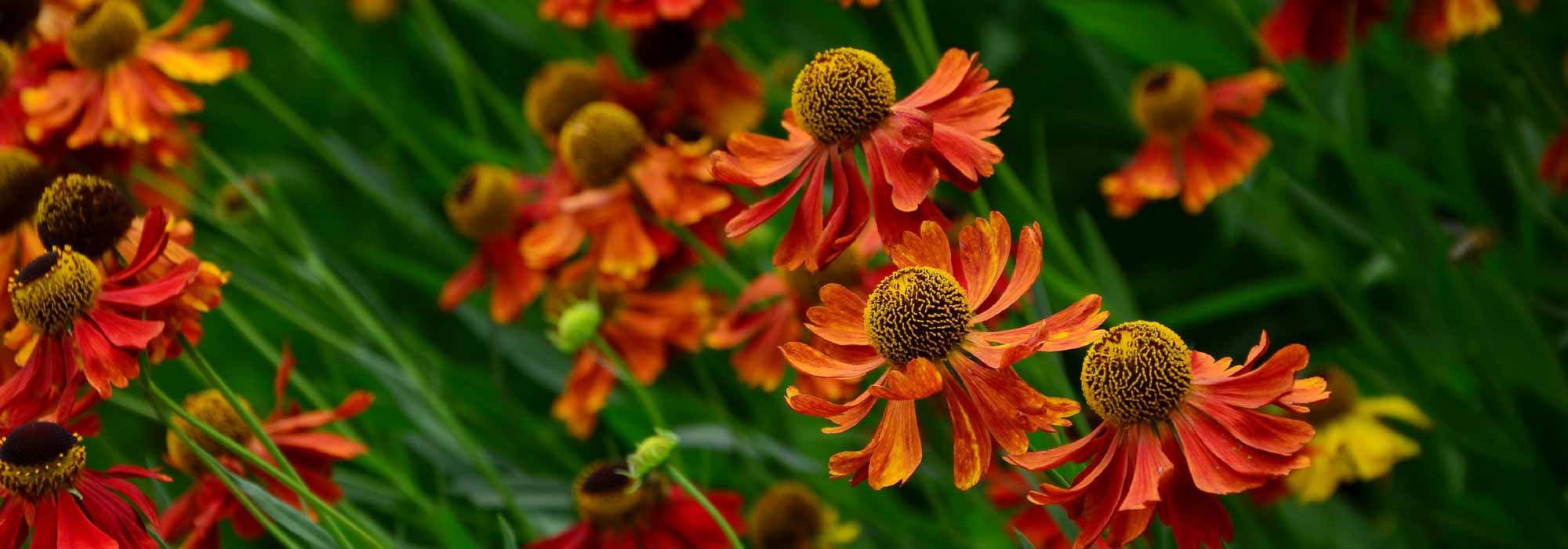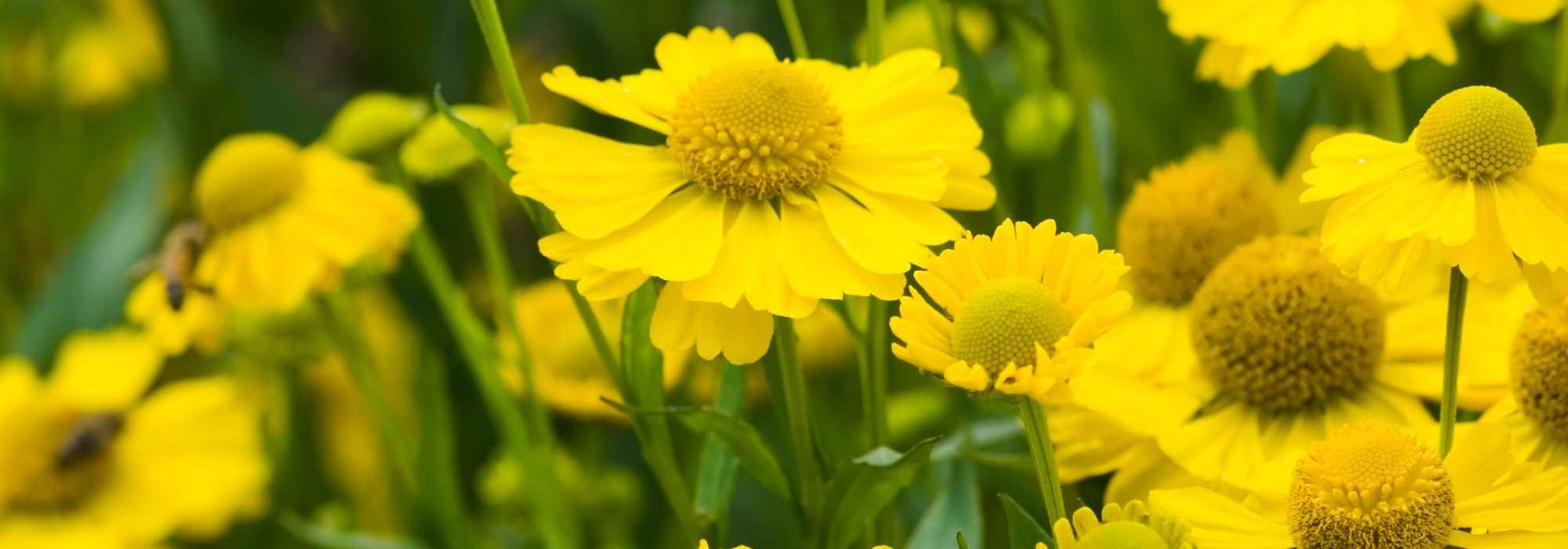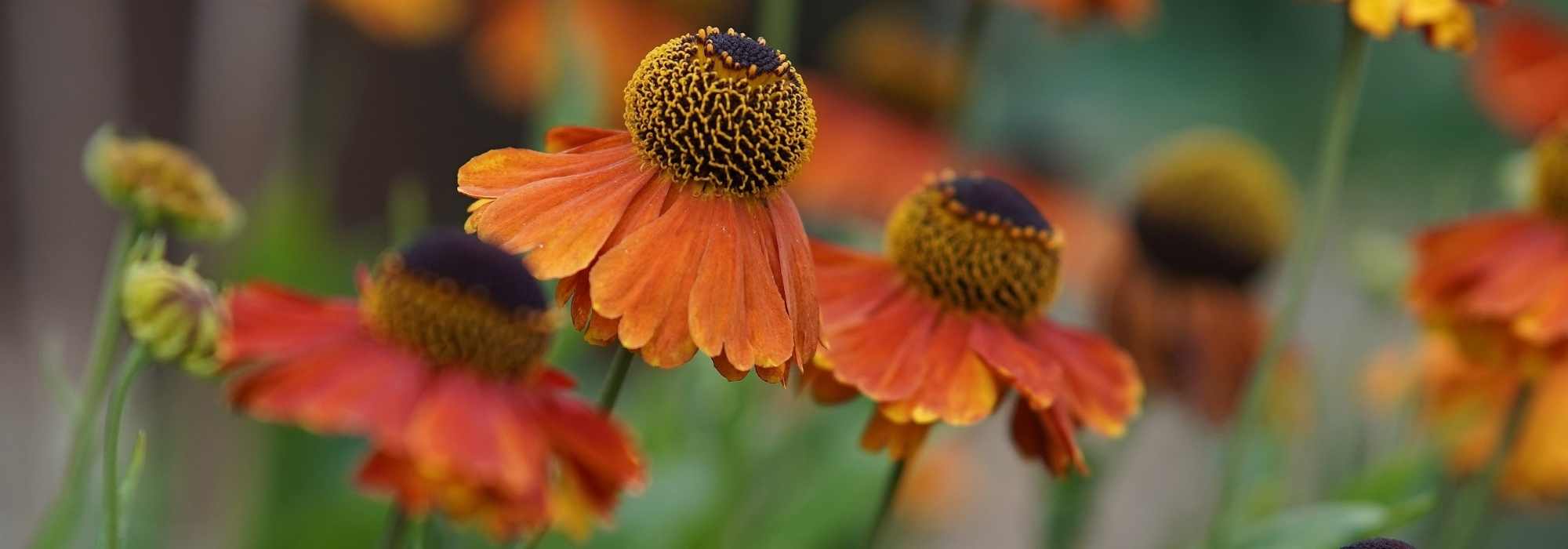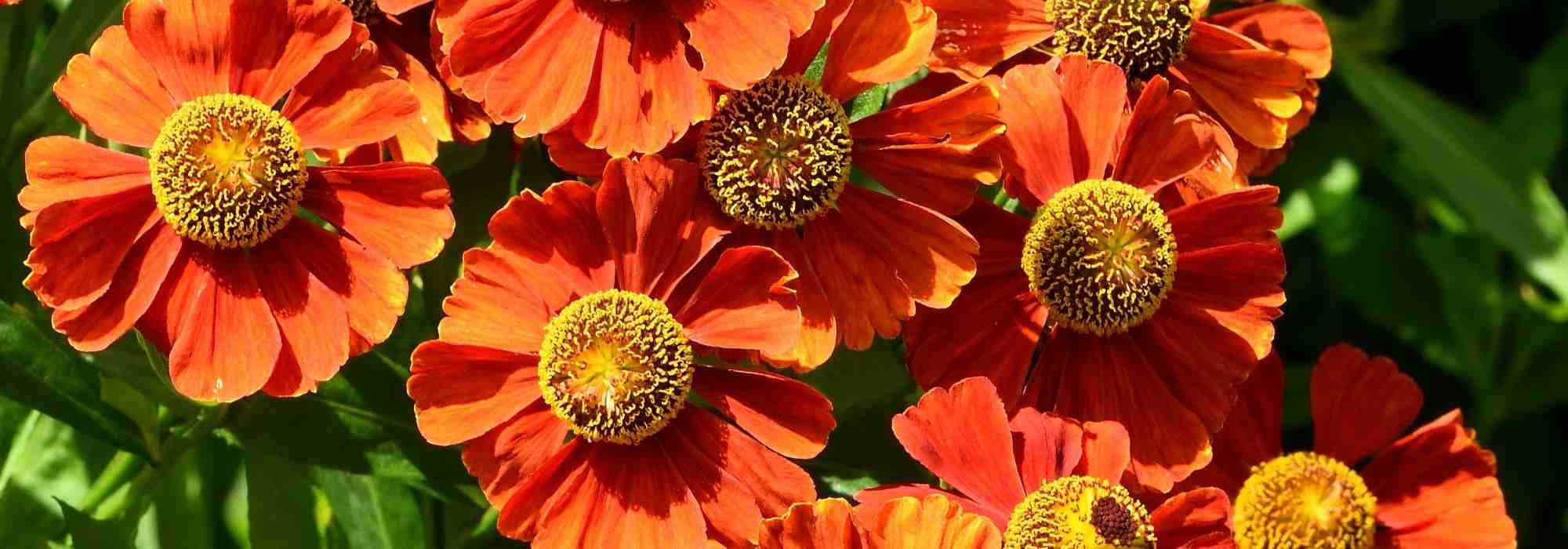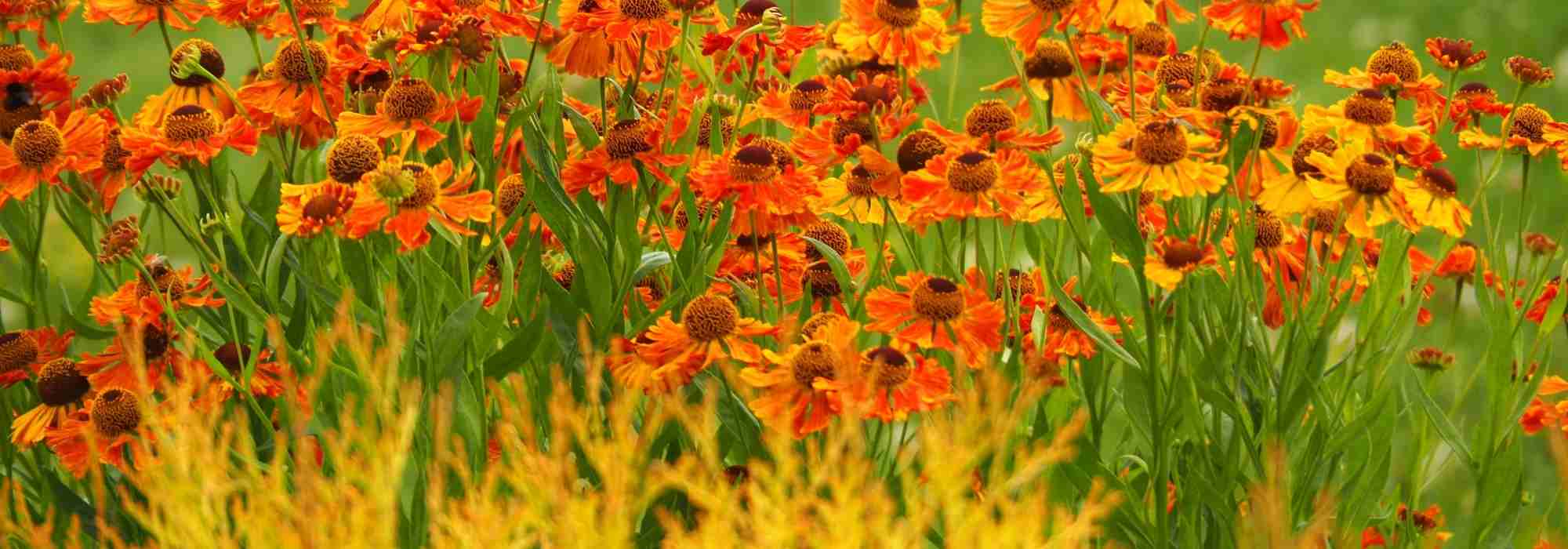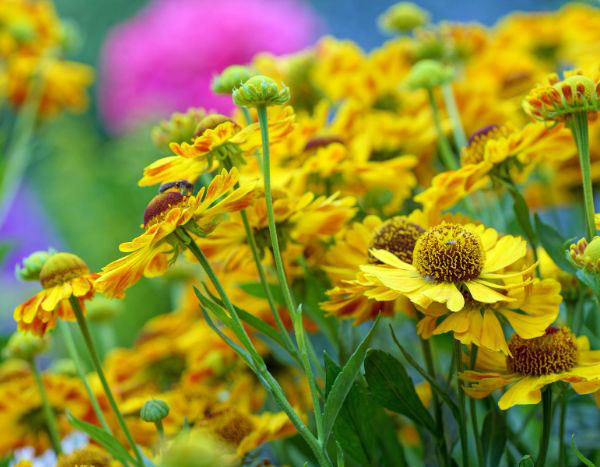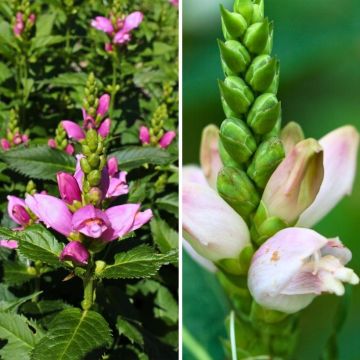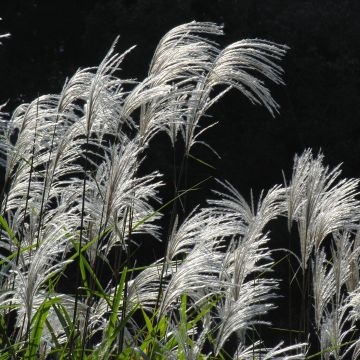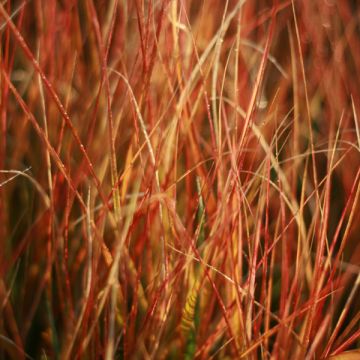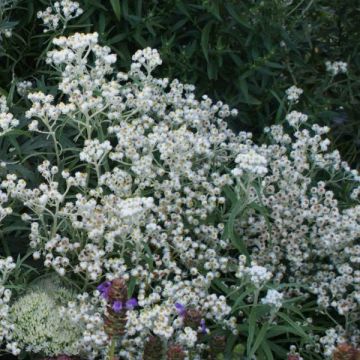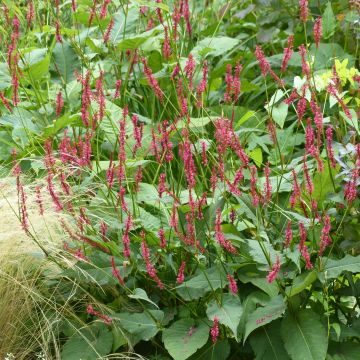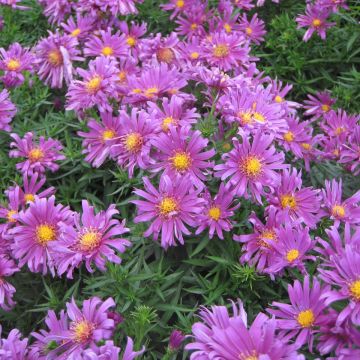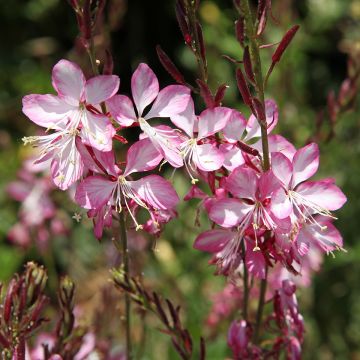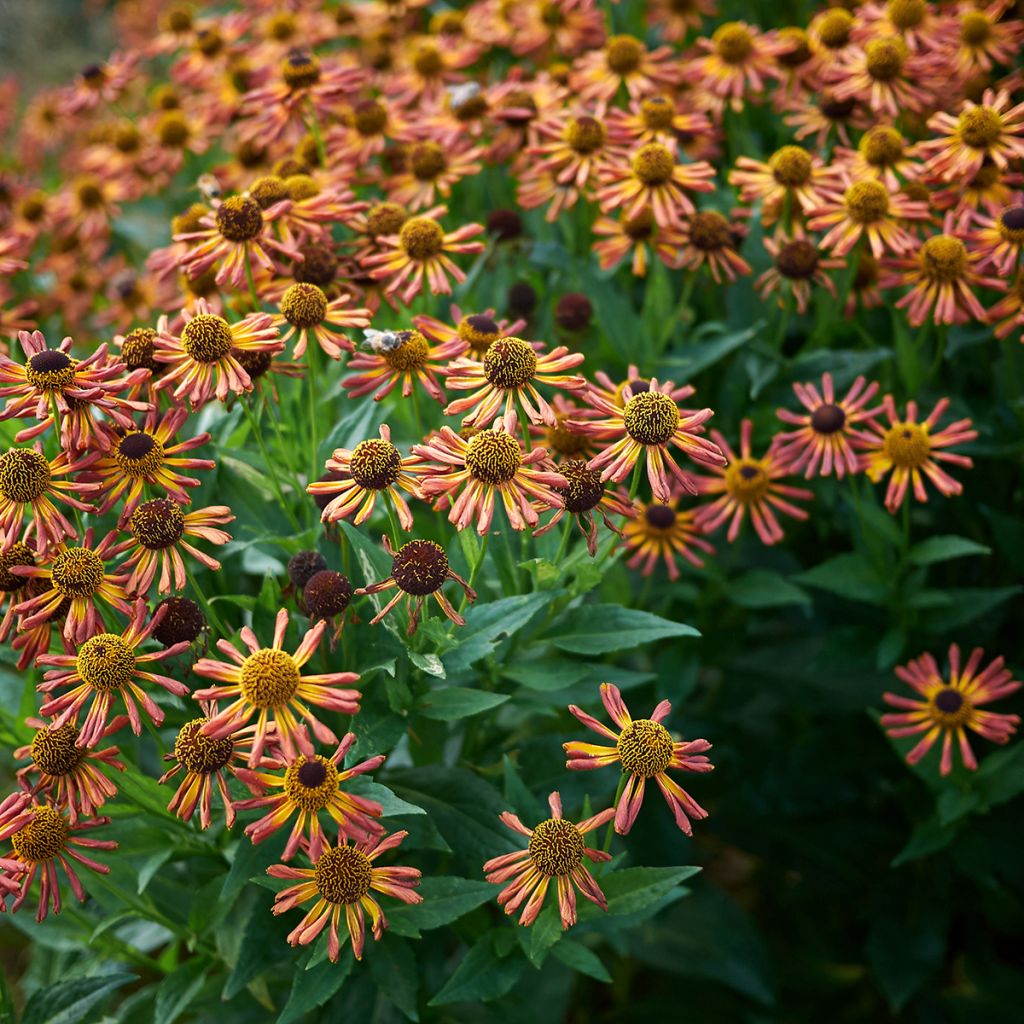

Helenium Loysder Wieck
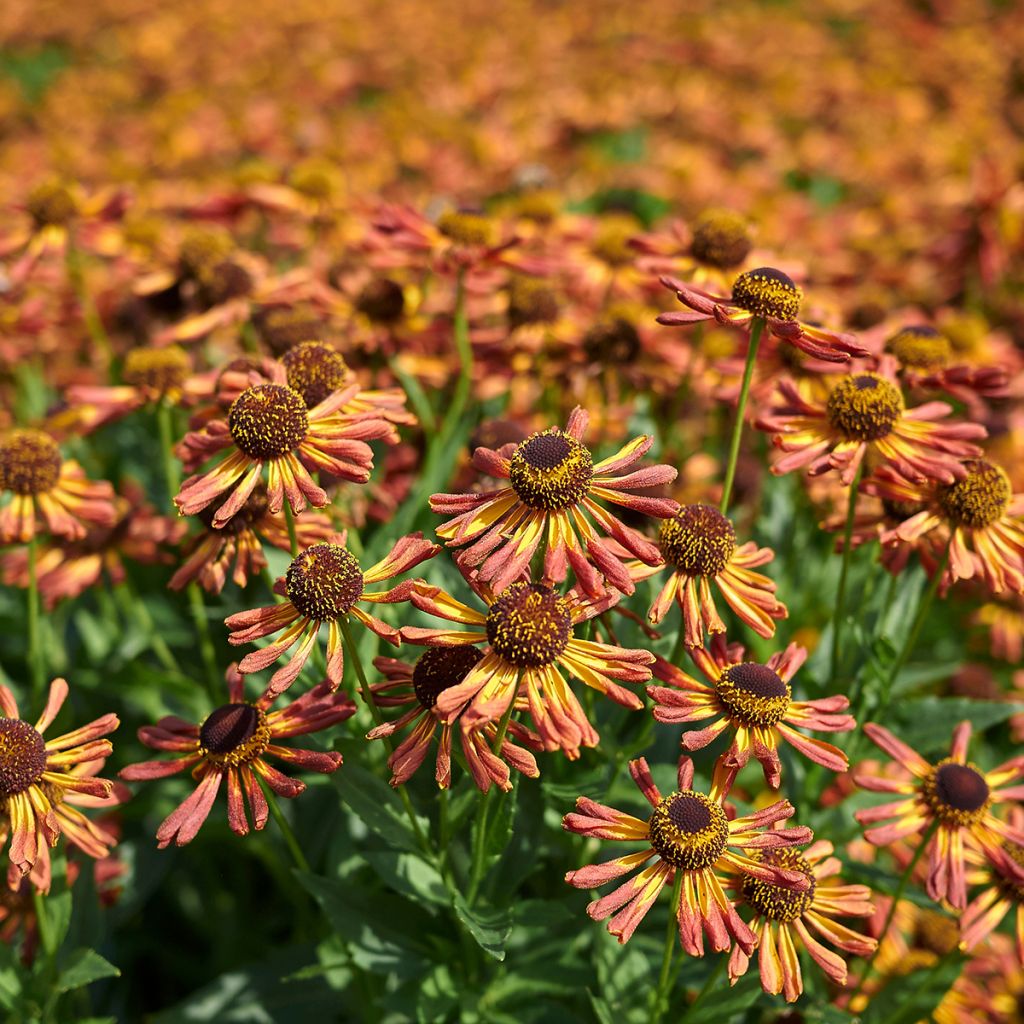

Helenium Loysder Wieck
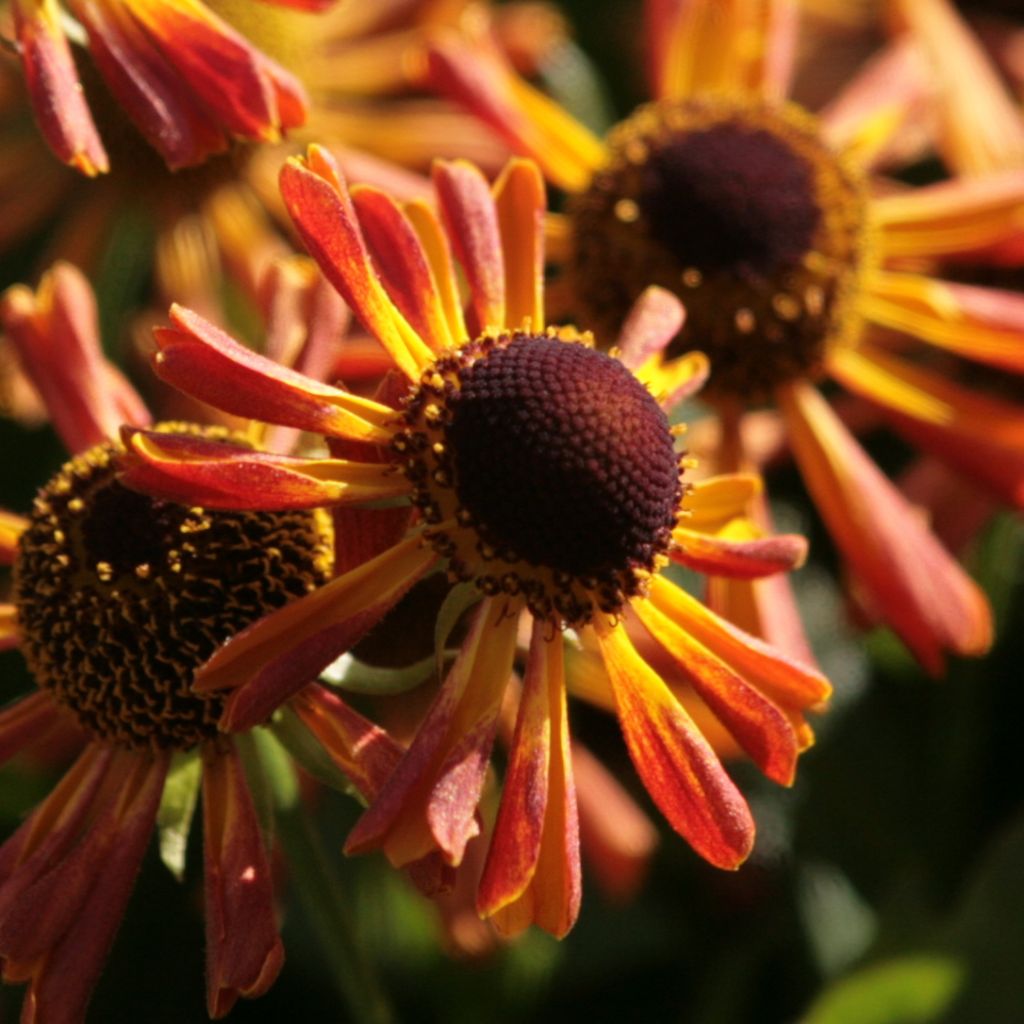

Helenium Loysder Wieck
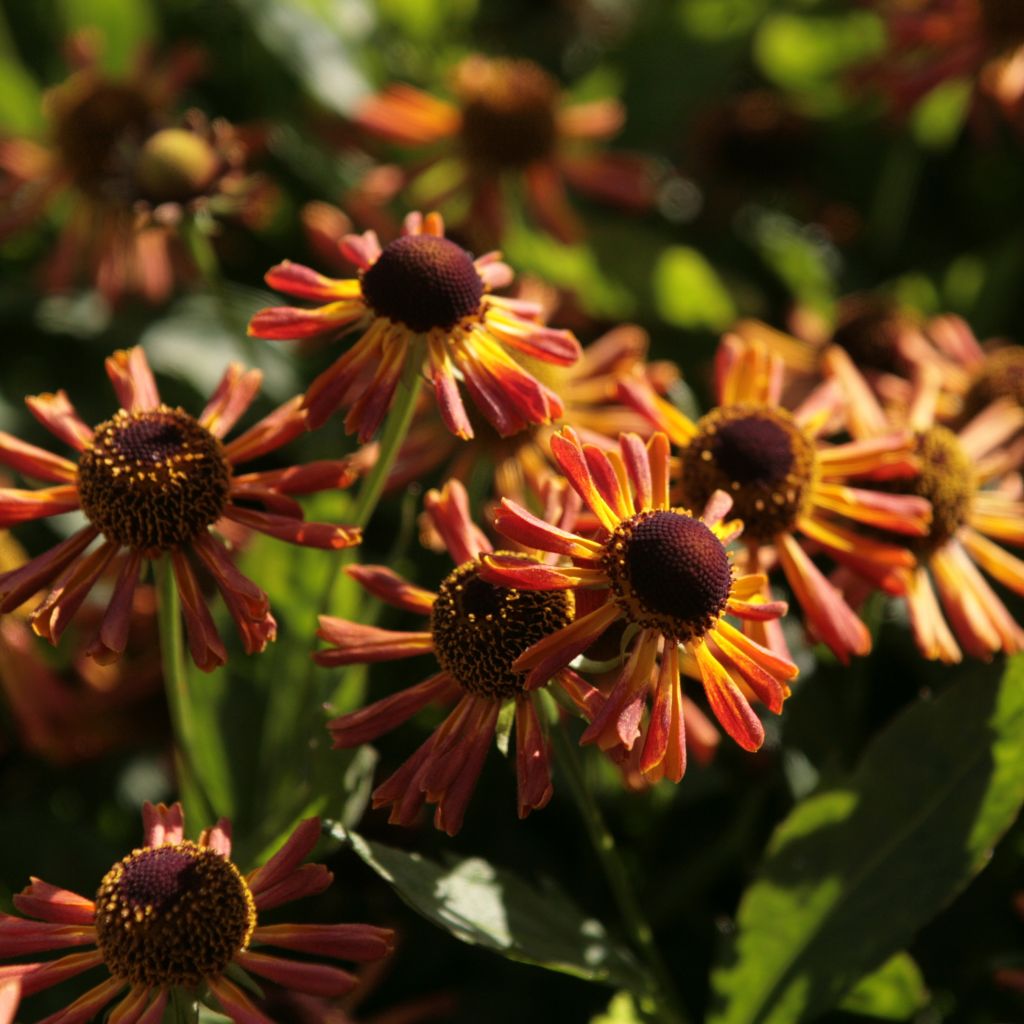

Helenium Loysder Wieck
Helenium Loysder Wieck
Helenium Loysder Wieck
Sneezeweed, Helen's flower, Dogtooth daisy
As is typical at this time, the young plant is almost devoid of foliage, there is only a clump of roots. I hope it will come back in the spring.
Jaime, 29/11/2022
Special offer!
Receive a €20 voucher for any order over €90 (excluding delivery costs, credit notes, and plastic-free options)!
1- Add your favorite plants to your cart.
2- Once you have reached €90, confirm your order (you can even choose the delivery date!).
3- As soon as your order is shipped, you will receive an email containing your voucher code, valid for 3 months (90 days).
Your voucher is unique and can only be used once, for any order with a minimum value of €20, excluding delivery costs.
Can be combined with other current offers, non-divisible and non-refundable.
Home or relay delivery (depending on size and destination)
Schedule delivery date,
and select date in basket
This plant carries a 12 months recovery warranty
More information
We guarantee the quality of our plants for a full growing cycle, and will replace at our expense any plant that fails to recover under normal climatic and planting conditions.
Does this plant fit my garden?
Set up your Plantfit profile →
Description
Helenium 'Loysder Wieck' is a recent, original and colourful variety of Helenium. It is unique in its curled petals, revealing both a yellow face on top and a brown-red underside. The peripheral florets are few in number, spaced apart like the wings of a windmill around a large brown heart. These inflorescences, reminiscent of daisies, appear in late summer, carried by sturdy stems emerging from beautiful lanceolate foliage. It is a robust perennial, easy to grow in sunny and moist soil. It is ideal for making bouquets.
Natural varieties of Heleniums are perennials belonging to the Asteraceae family, native to North America; they are generally found around marshes. The 'Loysder Wieck' cultivar offers a very rich colour and an unusual inflorescence. The upright habit of the plant is supported by stems reaching 90cm (35in) in height. The leaves, coloured in a fresh and bright green, with a lanceolate shape and smooth margins, are arranged alternately along the stems. From July to September, a myriad of flowers appear at the top of the stems. Resembling daisies, the heads are composed of almost tubular outer florets, with a two-tone appearance, around a cone coloured in brown that gradually gives way to yellow stamens. It is when the sun highlights them that these colours are most astonishing. The warm tones of this flowering announce the beginning of autumn blooms.
The 'Loysder Wieck' Helenium is a hardy plant and never gets sick. It appreciates ordinary soils and sunny exposures. Easy to cultivate, it blooms equally well in slopes, flowerbeds and large pots. Despite all these qualities, Heleniums remain rare in gardens. Perhaps because their warm tones announce autumn and the end of the beautiful days... This Helenium goes very well with autumnal plants such as asters, Heucheras, perennial chrysanthemums or Rudbeckias, but it can also be associated with deciduous Euonymus with sublime foliage from the first cold spells. In a more Mediterranean atmosphere, the velvety foliage of Stachys or sage greatly enhances the warm hue of its flowering.
Helenium Loysder Wieck in pictures
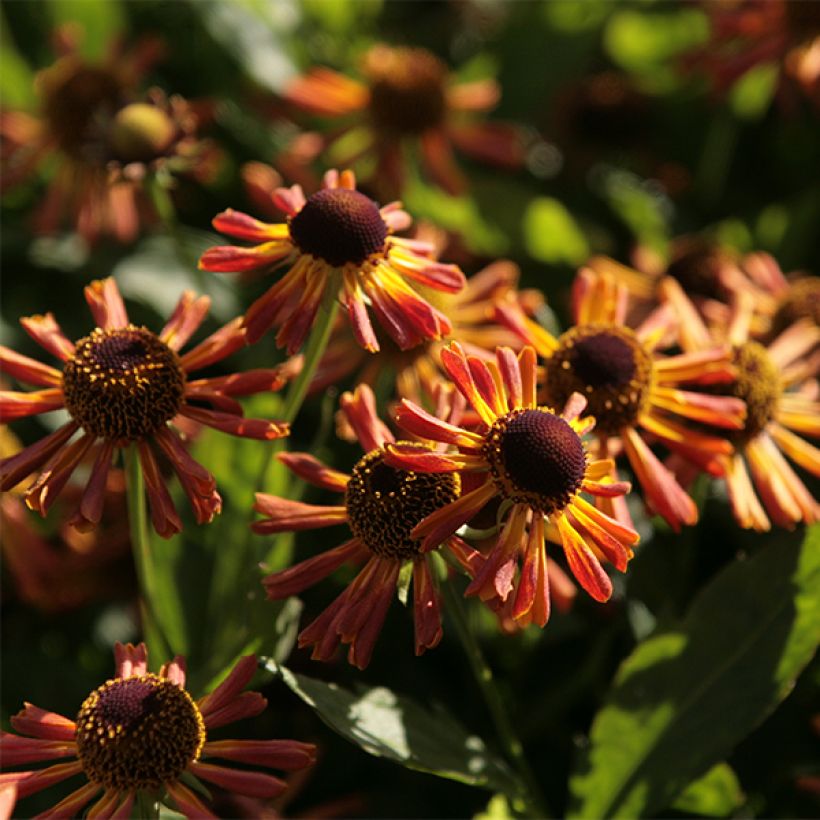

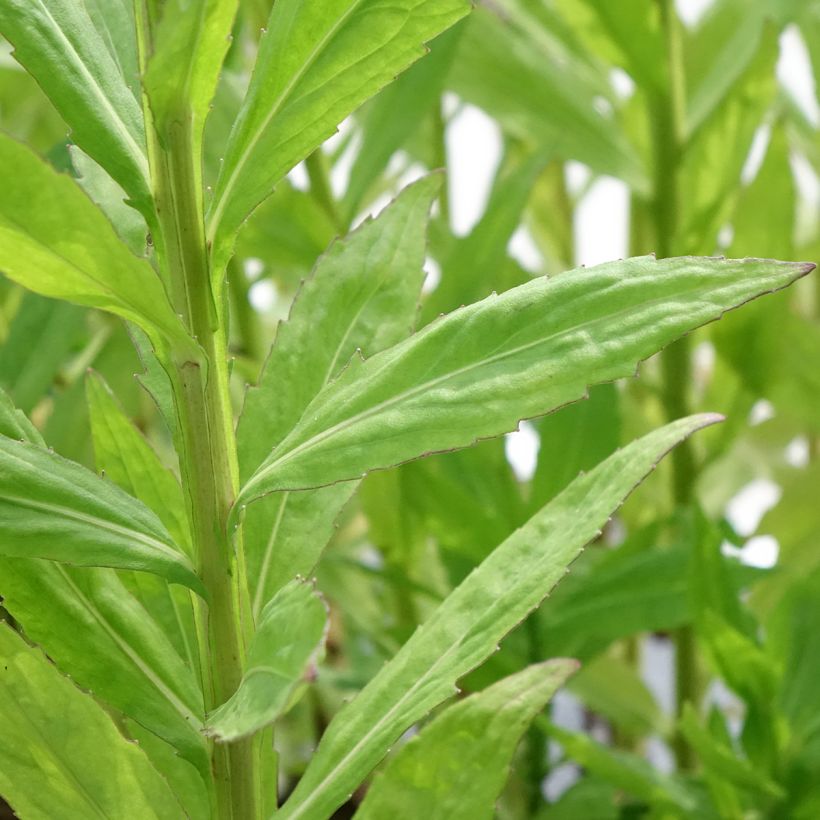

Flowering
Foliage
Plant habit
Botanical data
Helenium
Loysder Wieck
Asteraceae
Sneezeweed, Helen's flower, Dogtooth daisy
Cultivar or hybrid
Planting and care
Plant Helenium 'Loysder Wieck' in ordinary soil as long as it is well-drained by adding planting soil and/or well-decomposed compost. Choose a sunny exposure for it. Water regularly after planting, then only water in case of prolonged drought once established. This particularly tall variety will require staking. Cut back the plant once the stems have turned black. Every 2 to 3 years, you can divide the clump in spring or autumn to regenerate the plant and give it vigour.
Planting period
Intended location
Care
Planting & care advice
-
, onOrder confirmed
Reply from on Promesse de fleurs
Similar products
Haven't found what you were looking for?
Hardiness is the lowest winter temperature a plant can endure without suffering serious damage or even dying. However, hardiness is affected by location (a sheltered area, such as a patio), protection (winter cover) and soil type (hardiness is improved by well-drained soil).

Photo Sharing Terms & Conditions
In order to encourage gardeners to interact and share their experiences, Promesse de fleurs offers various media enabling content to be uploaded onto its Site - in particular via the ‘Photo sharing’ module.
The User agrees to refrain from:
- Posting any content that is illegal, prejudicial, insulting, racist, inciteful to hatred, revisionist, contrary to public decency, that infringes on privacy or on the privacy rights of third parties, in particular the publicity rights of persons and goods, intellectual property rights, or the right to privacy.
- Submitting content on behalf of a third party;
- Impersonate the identity of a third party and/or publish any personal information about a third party;
In general, the User undertakes to refrain from any unethical behaviour.
All Content (in particular text, comments, files, images, photos, videos, creative works, etc.), which may be subject to property or intellectual property rights, image or other private rights, shall remain the property of the User, subject to the limited rights granted by the terms of the licence granted by Promesse de fleurs as stated below. Users are at liberty to publish or not to publish such Content on the Site, notably via the ‘Photo Sharing’ facility, and accept that this Content shall be made public and freely accessible, notably on the Internet.
Users further acknowledge, undertake to have ,and guarantee that they hold all necessary rights and permissions to publish such material on the Site, in particular with regard to the legislation in force pertaining to any privacy, property, intellectual property, image, or contractual rights, or rights of any other nature. By publishing such Content on the Site, Users acknowledge accepting full liability as publishers of the Content within the meaning of the law, and grant Promesse de fleurs, free of charge, an inclusive, worldwide licence for the said Content for the entire duration of its publication, including all reproduction, representation, up/downloading, displaying, performing, transmission, and storage rights.
Users also grant permission for their name to be linked to the Content and accept that this link may not always be made available.
By engaging in posting material, Users consent to their Content becoming automatically accessible on the Internet, in particular on other sites and/or blogs and/or web pages of the Promesse de fleurs site, including in particular social pages and the Promesse de fleurs catalogue.
Users may secure the removal of entrusted content free of charge by issuing a simple request via our contact form.
The flowering period indicated on our website applies to countries and regions located in USDA zone 8 (France, the United Kingdom, Ireland, the Netherlands, etc.)
It will vary according to where you live:
- In zones 9 to 10 (Italy, Spain, Greece, etc.), flowering will occur about 2 to 4 weeks earlier.
- In zones 6 to 7 (Germany, Poland, Slovenia, and lower mountainous regions), flowering will be delayed by 2 to 3 weeks.
- In zone 5 (Central Europe, Scandinavia), blooming will be delayed by 3 to 5 weeks.
In temperate climates, pruning of spring-flowering shrubs (forsythia, spireas, etc.) should be done just after flowering.
Pruning of summer-flowering shrubs (Indian Lilac, Perovskia, etc.) can be done in winter or spring.
In cold regions as well as with frost-sensitive plants, avoid pruning too early when severe frosts may still occur.
The planting period indicated on our website applies to countries and regions located in USDA zone 8 (France, United Kingdom, Ireland, Netherlands).
It will vary according to where you live:
- In Mediterranean zones (Marseille, Madrid, Milan, etc.), autumn and winter are the best planting periods.
- In continental zones (Strasbourg, Munich, Vienna, etc.), delay planting by 2 to 3 weeks in spring and bring it forward by 2 to 4 weeks in autumn.
- In mountainous regions (the Alps, Pyrenees, Carpathians, etc.), it is best to plant in late spring (May-June) or late summer (August-September).
The harvesting period indicated on our website applies to countries and regions in USDA zone 8 (France, England, Ireland, the Netherlands).
In colder areas (Scandinavia, Poland, Austria...) fruit and vegetable harvests are likely to be delayed by 3-4 weeks.
In warmer areas (Italy, Spain, Greece, etc.), harvesting will probably take place earlier, depending on weather conditions.
The sowing periods indicated on our website apply to countries and regions within USDA Zone 8 (France, UK, Ireland, Netherlands).
In colder areas (Scandinavia, Poland, Austria...), delay any outdoor sowing by 3-4 weeks, or sow under glass.
In warmer climes (Italy, Spain, Greece, etc.), bring outdoor sowing forward by a few weeks.






























